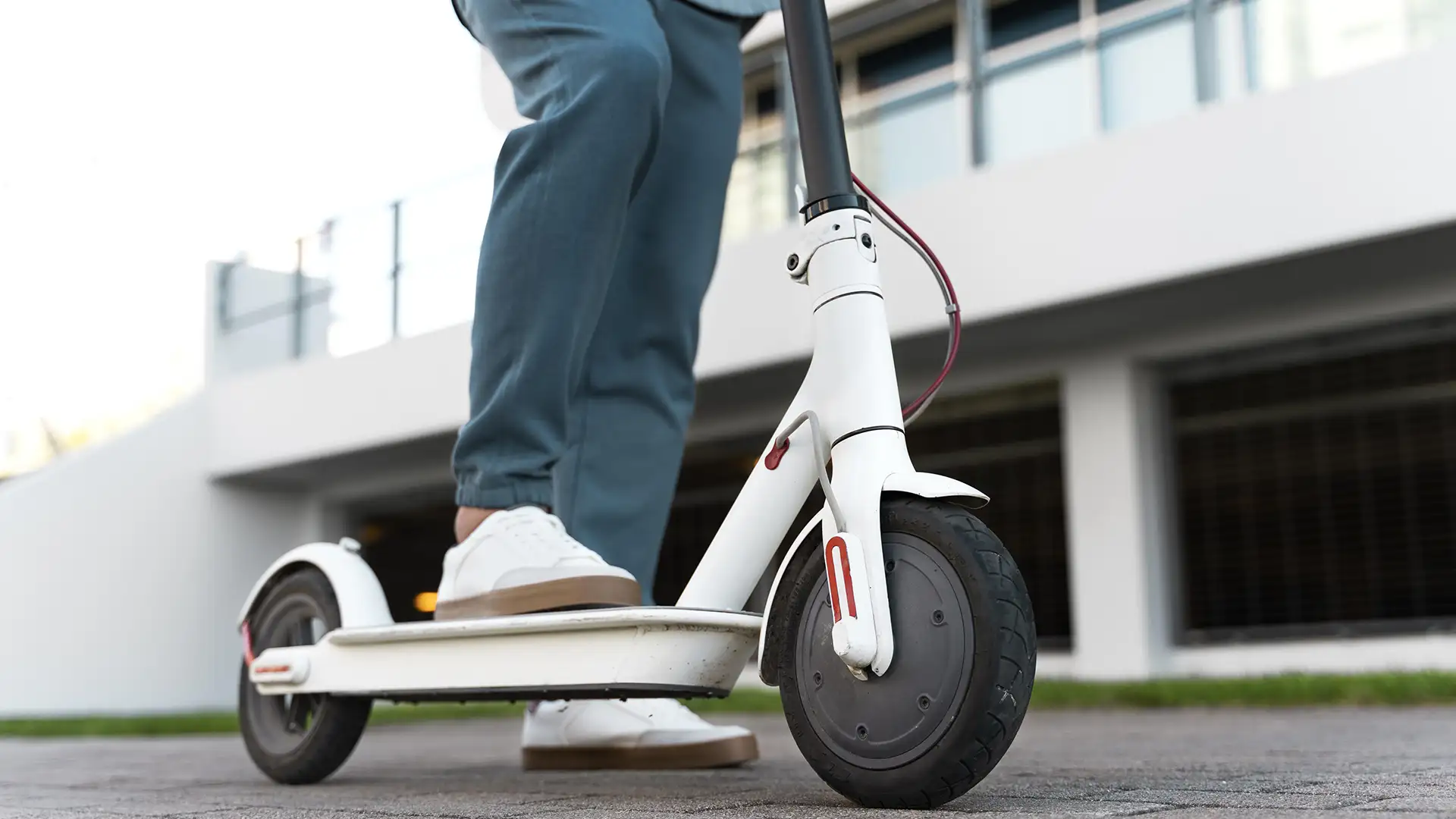
The Electric Scooter: A Smart Alternative for Urban Mobility
In recent years, the electric scooter has emerged as a practical, efficient, and sustainable solution to address the challenges of urban transportation.
In congested cities like Bogotá, where traffic and pollution are daily challenges, this mode of transportation has earned a place among those seeking faster, more affordable, and environmentally friendly options.
Why choose an electric scooter?
1. Efficient transportation
Electric scooters allow you to move quickly through the city, especially on short or medium trips. By avoiding traffic jams and providing access to areas with difficult vehicle transit, they become an effective tool for saving time in your daily routine.
2. Saving money
Compared to traditional vehicles, they require a lower initial investment, and operating and maintenance costs are considerably lower. They do not consume gasoline, parking is free in many places, and basic maintenance is simple.
3. Sustainable mobility
Powered by electricity, scooters reduce carbon footprints and pollutant emissions. Their adoption helps improve air quality and promotes a culture of cleaner, more responsible mobility.
4. Ease of use
One of their biggest advantages is simplicity: they do not require a driver’s license in Colombia, are easy to operate, and can be used by people of different ages, as long as they comply with safety regulations.
5. Health benefits
Although motorized, scooters require a certain level of balance, control, and movement, which can translate into light but constant physical activity.
Drawbacks to consider
1. Limited range
Electric scooters run on batteries, which means they have a restricted range (generally between 20 and 40 km per charge). This can be inconvenient for long trips or busy days without the possibility of recharging.
2. Terrain and speed limitations
They are not suitable for uneven, steep, or obstacle-filled terrain. Additionally, their maximum speed (usually 20–25 km/h) limits them compared to faster transportation methods.
3. Infrastructure dependency
In cities where pedestrian or cycling infrastructure is limited or nonexistent, using a scooter can be dangerous or impractical.
4. Safety risks
Wearing a helmet and reflective gear is essential. Exposure to traffic without proper protection can increase the risk of accidents.
Regulation in Bogotá
The Bogotá District Department of Mobility has established clear rules for the use of electric scooters in the city through Resolution 209 of 2019. Key points include:
- Their use is permitted on bike paths, wide sidewalks, and urban roads (not on highways or expressways).
- The maximum allowed speed is 20 km/h.
- Helmet use and other safety gear are mandatory.
- Traffic rules must be respected, and pedestrian safety must be ensured.
Electric scooters are emerging as a viable and modern alternative to face the challenges of urban mobility. Their efficiency, low operating cost, and contribution to sustainability make them an attractive option for students, workers, and citizens committed to a cleaner, less congested city. However, responsible adoption requires knowledge of the regulations, road safety awareness, and respect for other public space users.
